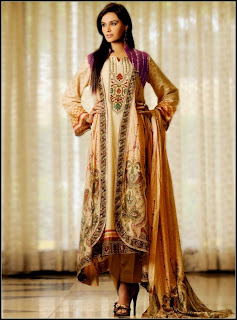The Great Library of Alexandria
Today, public libraries can be found in countries around the world, and often even the smallest town has one. These contain a wealth of information, representing the knowledge, philosophies, and creative work of generations. The largest libraries in the world today hold collections that are numbered in millions of books and other items. Some items in these collections are very rare, and therefore very valuable. Yet as impressive and valuable as these libraries are, a library that existed almost two thousand years ago would have been a worthy competitor.
The Royal Library of Alexandria Egypt is believed to have been founded by Ptolemy II around the beginning of the third century B.C.E. This was just after his father established the temple of the Muses, the patron divinities of the arts in Greek mythology. This temple was called the musaeum, which is where we get the word museum.
It has been estimated that at its peak the library of Alexandria held between 400,000 and 700,000 works. While this may not be a very impressive number compared to some of the biggest libraries today, it should be noted that these were not books, as we know them. They were parchment scrolls. There were no typewriters or computers back then. If you wanted to write a book, you wrote it by hand with a reed pen and a bottle of ink, on a long roll of parchment, or thin dried animal skin. They had no printing presses or bookbinderies to mass-produce what you had written. If someone wanted a copy, they made it the same way that you had created the original, with pen and ink. This was very time consuming and labor intensive. Today books are often valuable just because they’re rare. Back then, every book was rare, and the library of Alexandria had hundreds of thousands.

As can be imagined, with the scarcity of books, collecting them could have been a difficult and expensive task. Ptolemy III found a unique and inexpensive way to increase the library’s collection. By royal decree, all visitors to the city were required to turn over all of the scrolls in their possession. After scribes made copies, which were returned to the visitor, the originals were added to the library. A special department was created to oversee this operation, called "books from the ships."
The end of this great library is shrouded in mystery and controversial. Some ancient historians blame Julius Caesar for its destruction. During his invasion of Alexandria in 47-48 B.C.E. he set fire to the ships that were in the harbor. Some say that this fire spread to the city and the great library. Other ancient historians seem to know nothing about this, prompting modern historians to discount or minimize the possibility. It is believed that the books were stored in several places, so that even if some buildings caught fire at that time, only a portion of the books would have been lost. It is generally accepted that the Museum of Alexandria existed until about 400 C.E., when it and other pagan temples were destroyed by order of Roman Emperor Theodosius. It is possible that the great library, or at least what was left of it, was also destroyed at that time.
Imagine walking the halls of this ancient library. What would you find? Just as with our modern libraries, much of what was contained in the library of Alexandria was probably not worth reading. Yet, what insights into the thinking and daily lives of ancient peoples were lost when this great reservoir of knowledge was burned? We may never know.











![Validate my Atom 1.0 feed [Valid Atom 1.0]](valid-atom.png)










